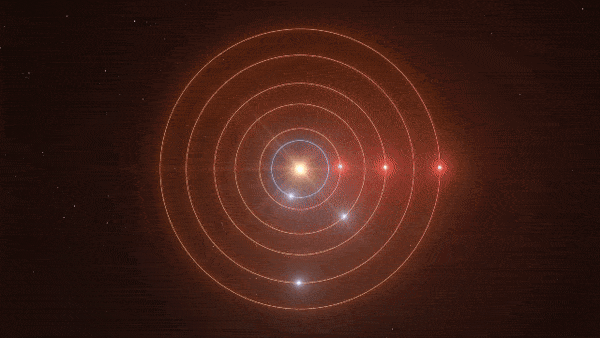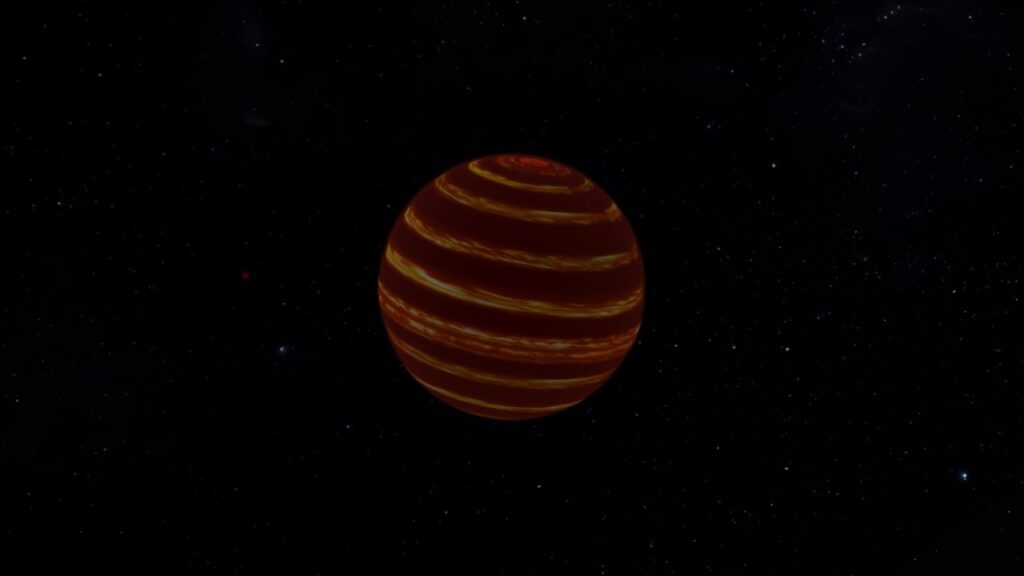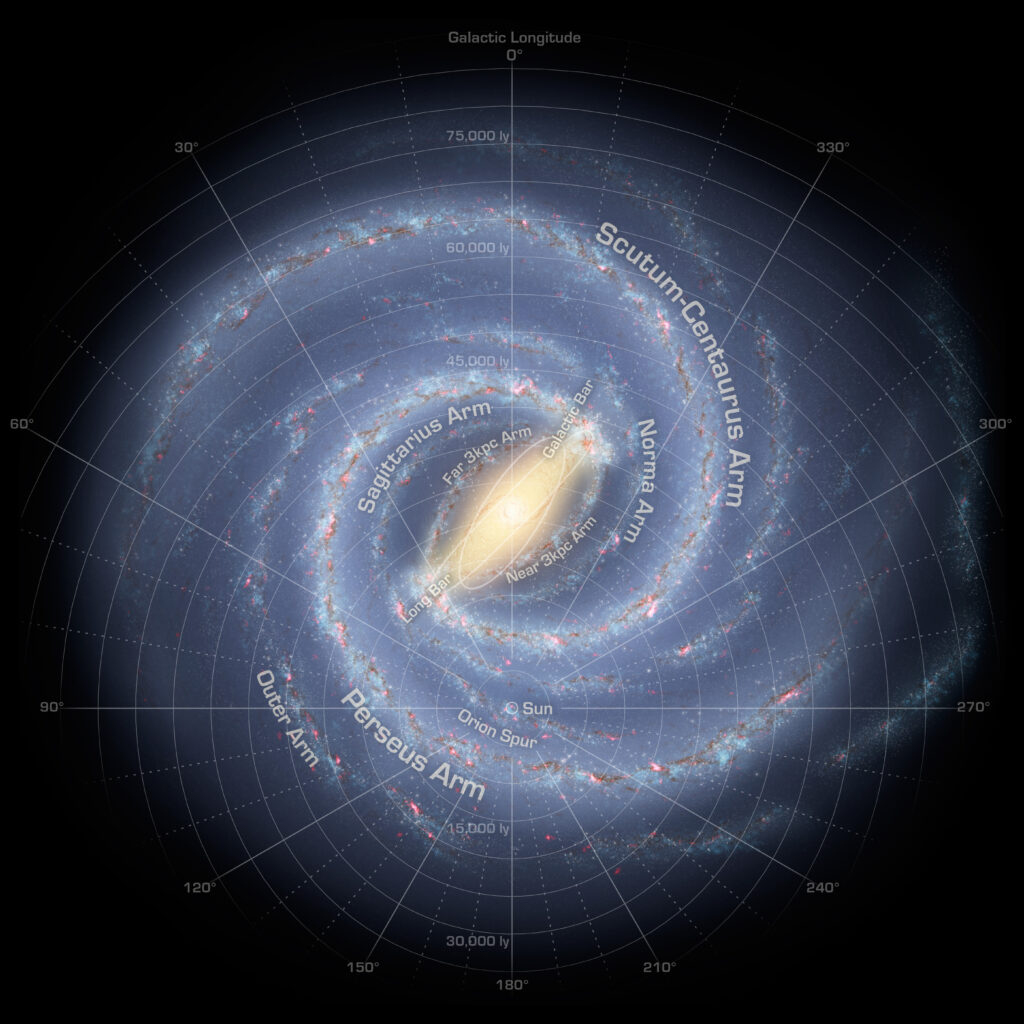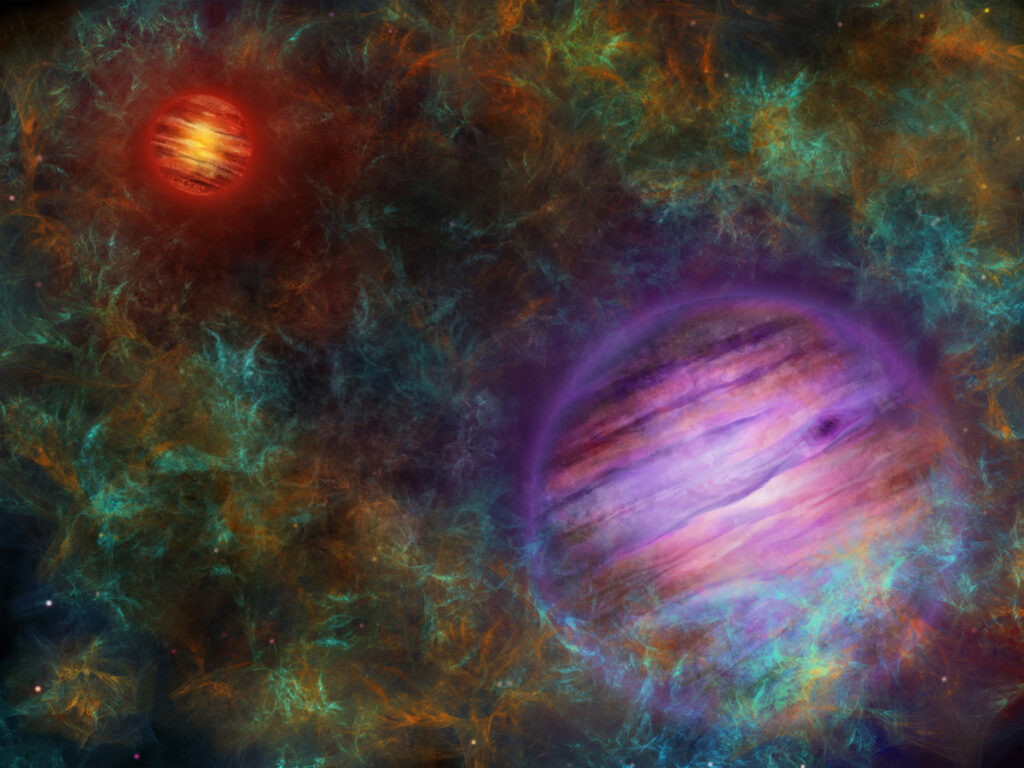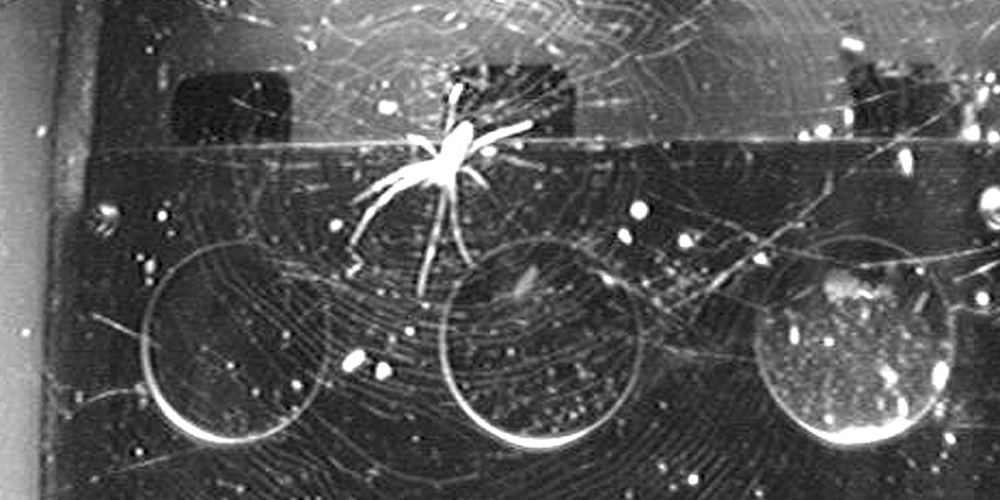Six exoplanets in unusual resonance
If one leaves multi-body systems to themselves, sometimes a strange order appears. The distances of the planetary orbits are integer multiples of a basic value, moons and planets move in unison, celestial bodies always turn to the same side - what we then perceive as cosmic order are all no miracles, but merely results of the effect of gravity in a system built up in a certain way. This is also true of TOI-178, a star about 200 light-years away in the constellation Sculptor. When researchers first observed the star, they initially suspected they had discovered two planets orbiting…
